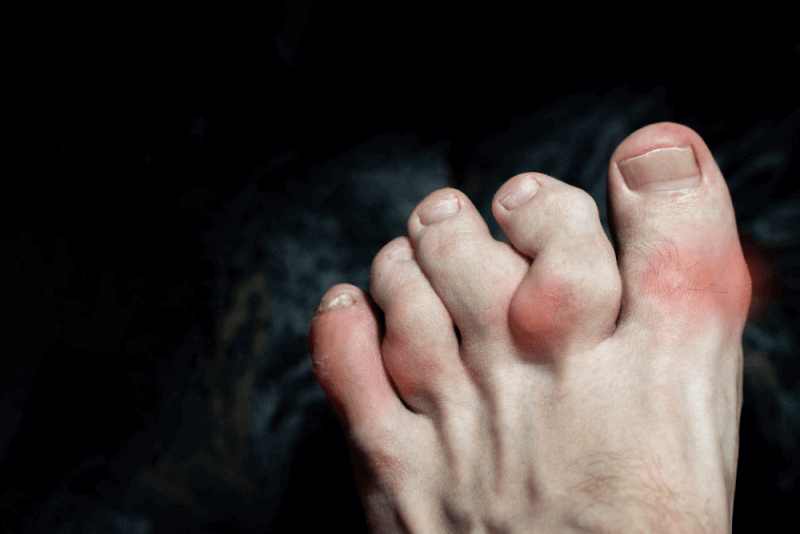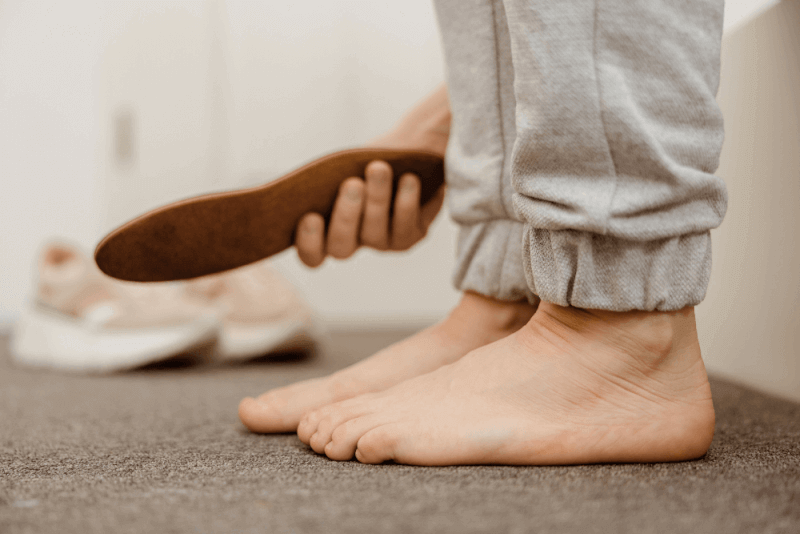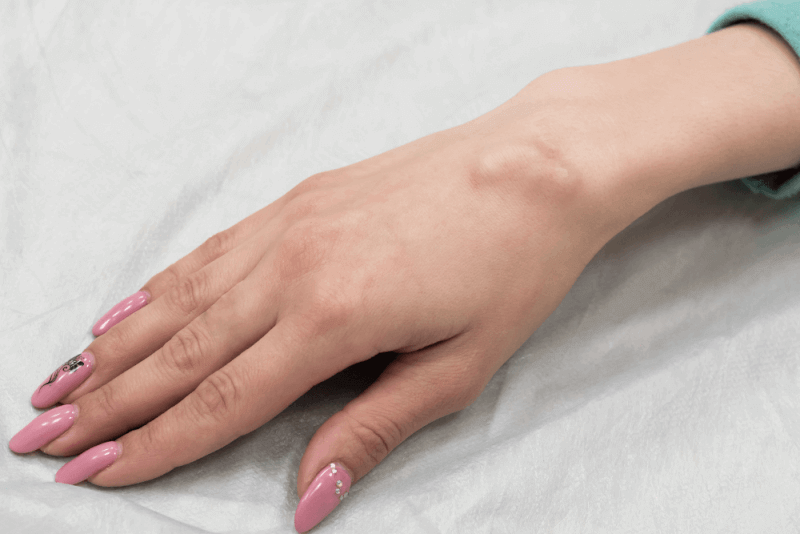Shoulder Pain
Pain experienced at the junctions of the bone between the elbow and shoulder and the scapula is referred to as shoulder pain. The socket located on the outer part of the scapula, known as the glenoid, combines with the arm bone to form the shoulder joint, allowing the arm to move. The socket contains tough, fibrous tissues called the labrum, which help the upper arm bone move stably. Additionally, the structure composed of muscles and tendons is called the rotator cuff, which enables the arm to move 360 degrees. The shoulder joint is one of the most flexible joints in the body, with a highly complex structure. Furthermore, the shoulder region is highly susceptible to injuries, and trauma in this area can lead to tears or damage in the rotator cuff, resulting in pain. In addition, weakness in muscle development in this area or dislocation of the shoulder joint may occur. Other factors that can cause pain in this area include infection, injury, impingement, arthritis, metabolic diseases, cervical disc herniation, and fibromyalgia.
What is Shoulder Pain?
The shoulder joint, the largest joint in the body, is stable and connected by numerous soft tissues. Shoulder pain often arises from soft tissue injuries surrounding the bones and enabling arm movement. The most common cause of shoulder pain is shoulder impingement syndrome. This occurs when tendons in the shoulder area are pinched between the bones in this region due to movements where the arm is raised above head level, leading to pain.
In addition to pain originating from the shoulder joints, pain from different areas of the body can also radiate to this region. Circulatory disorders, inflammation of the shoulder nerves, lung and heart conditions, systemic diseases of internal organs, cervical disc herniation, thoracic outlet syndrome, diabetes, tumors, fibromyalgia, and tuberculosis are among other factors that can cause pain in the shoulder area.
Acute shoulder pain typically results from improper movements. In such cases, the shoulder should be rested as much as possible and cold compresses applied to relax the muscle tissue before consulting a doctor. Cold compresses applied for 15 minutes can significantly relieve many cases of acute shoulder pain.
However, it is important to avoid immobilizing the arm by using a sling, as this can lead to another condition known as frozen shoulder. Rarely, soft tissue tumors in the shoulder area can cause shoulder pain, particularly if the pain intensifies or occurs at night. Early intervention for mechanical problems in the shoulder joint is crucial to prevent movement limitations that can disrupt daily life.
Causes of Shoulder Pain
Shoulder pain can result from issues within the shoulder joint itself or from other underlying conditions. Among joint pains, shoulder pain is the most common, and a thorough evaluation of the pain's location, intensity, type, and associated symptoms is necessary. Additionally, the patient must provide the doctor with a complete and accurate medical history before the examination. Common causes of shoulder pain in our society include the following:
Bursitis
Bursitis, also known as bursitis sac inflammation, occurs when the fluid-filled sacs that reduce friction between the bones and soft tissues in the shoulder joint become inflamed.
Fibrositis
Fibrositis, characterized by numbness, causes pain due to the muscles' inability to relax when the shoulder joint remains in a poor position.
Frozen Shoulder
Frozen shoulder, caused by restricted shoulder movements, results in pain due to the stiffening of the shoulder joint capsule. It typically occurs when patients avoid moving their shoulders for extended periods due to shoulder pain from various causes.
Symptoms of frozen shoulder include restricted shoulder movements when dressing or undressing and difficulty moving the hand behind the back, accompanied by shoulder pain.
Shoulder Dislocations
Pain in the shoulder joint may occur due to the excessive strain on the ends of the bones forming the shoulder joint.
Muscle Tears
Symptoms of muscle tears include pain felt when lifting the arms, difficulty lifting light objects, sharp pain that wakes you up during sleep when changing positions, and a burning sensation in the shoulder when brushing your hair.
Nerve Damage
Nerve damage in the muscles around the shoulder can also cause shoulder pain. These pains are often accompanied by weakness in muscle strength.
How is Shoulder Pain Diagnosed?
The most common cause of shoulder pain is soft tissue injuries in the shoulder joint. To thoroughly assess the shoulder joint structure, a doctor may request an MRI scan following a physical examination. This is because accurately diagnosing shoulder pain requires a detailed examination of the joint bones and other tissues within the shoulder joint. In some cases of shoulder pain, a CT scan or X-ray may suffice. To diagnose some cases of shoulder pain, it is necessary to evaluate the situation comprehensively. For shoulder pain caused by trauma, an EMG is required, while shoulder pain resulting from other conditions necessitates identifying the underlying disease. Therefore, a multidisciplinary approach is often used in diagnosing shoulder pain.
Treatment of Shoulder Pain
Shoulder pain, which can affect nearly everyone, often results from improper movements and muscle strain. As such, it may resolve on its own. However, if shoulder pain persists for more than two days without improvement, it is important to consult a doctor. Additionally, shoulder pain caused by trauma requires immediate medical attention, so seeking a doctor without delay is crucial. The treatment methods for shoulder pain vary depending on the underlying causes. In some cases, simple pain relievers may suffice, while in others, a multidisciplinary approach is necessary. Therefore, shoulder pain treatment is tailored to the individual patient.
The primary principle in treating shoulder pain is to eliminate the underlying causes. However, to relieve shoulder pain caused by strain on the shoulder joint or heavy exercise, hot or cold compresses may be applied. For shoulder pain seen in individuals who work at a desk for long periods, performing neck and shoulder exercises throughout the day can help prevent shoulder pain. Physical therapy, cortisone injections, and surgical interventions may be used for shoulder pain resulting from injuries.
How to Prevent Shoulder Pain
Shoulder pain is common among the general population, primarily due to a lack of attention to shoulder joint movements during daily activities. To prevent shoulder pain, the following should be considered:
- Perform exercises by placing the arms behind the back and on the neck several times a day.
- Support the arms with the elbows when in a sitting position.
- Avoid movements that require keeping the arms above head level for extended periods, such as reaching for objects on high shelves.
- Ensure that air conditioning, especially in vehicles, does not blow directly on the body when blowing cold air.
- Avoid movements that strain the shoulder.
- Do not carry heavy loads.
Left Shoulder Pain
Pain experienced only in the left shoulder is referred to as left shoulder pain. Various factors can cause pain localized solely in the left shoulder.
Causes of Left Shoulder Pain
Causes of pain in the left shoulder include:
- Shoulder joint arthritis
- Circulatory system disorders
- Shoulder joint issues
- Soft tissue damage
- Nerve compression
- Inflammation
Sudden pain in the left shoulder is also considered a symptom of a heart attack. Additionally, repetitive movements in left-handed individuals can contribute to left shoulder pain.
Right Shoulder Pain
Pain experienced only in the right shoulder is referred to as right shoulder pain. Various factors can cause pain localized solely in the right shoulder.
Causes of Right Shoulder Pain
Causes of right shoulder pain may include:
- Exercise
- Joint strain
- Rotator cuff problems
- Ligament damage
- Sleeping on the affected side
- Tendon inflammation
- Bursitis
Persistent Shoulder Pain
Damage to the shoulder joint initially causes acute pain. If this damage is not treated or cannot be treated, the pain may become chronic. This shoulder pain can affect not only the shoulder but also the arm, elbow, back, and neck. Therefore, it is crucial to take acute shoulder pain seriously and seek treatment as soon as possible. If the pain becomes chronic, surgical intervention may be necessary for treatment.
Heart Attack and Shoulder Pain Relationship
The nerves that reach the heart share a common structure with the nerves passing under the left armpit, which is why pain may be felt in the left shoulder and arm during and before a heart attack.
Shoulder Pain During Pregnancy
Shoulder pain is a common complaint among pregnant women. The primary cause is the compression of the neurovascular bundle due to pregnancy. In cases of shoulder pain during pregnancy, massage techniques can be applied to relieve muscle spasms. Additionally, exercises that strengthen the back and neck muscles should be performed.











